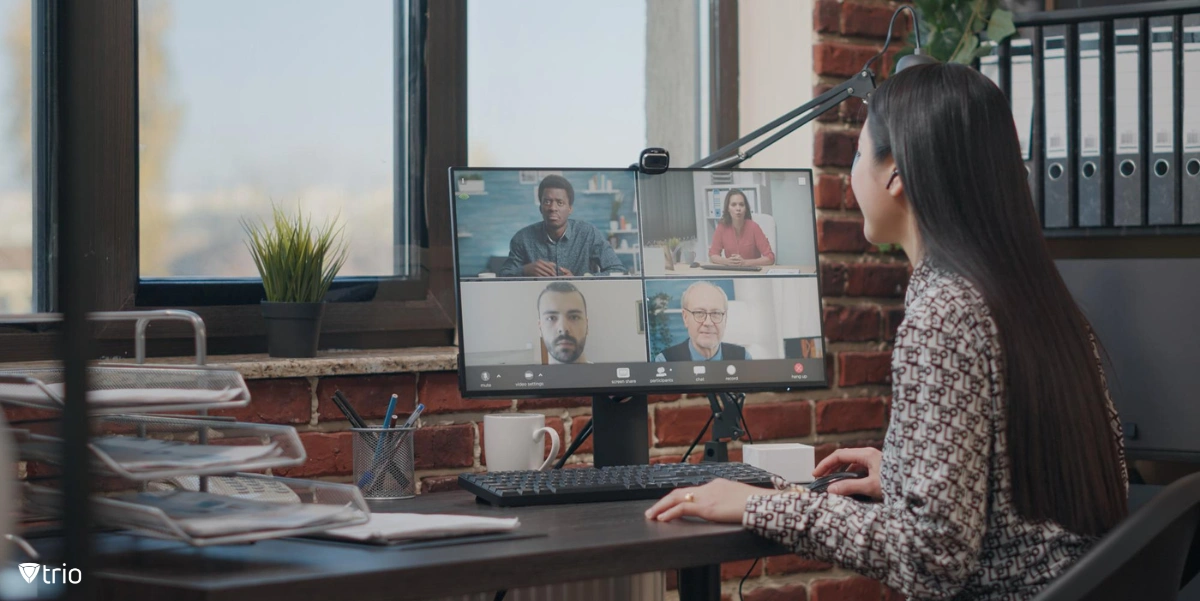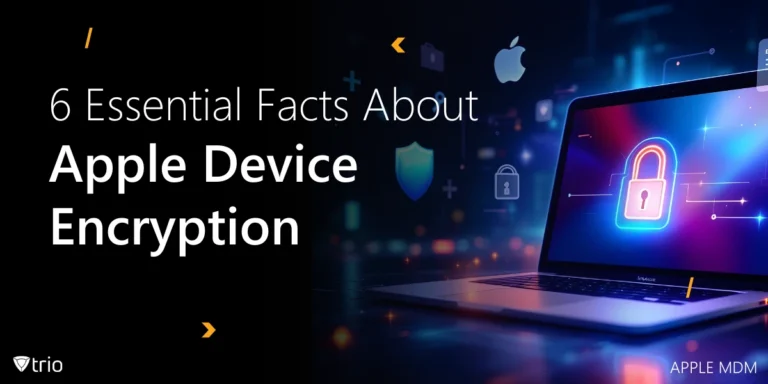Google Workspace for Modern Businesses
At the heart of Google Workspace lies a comprehensive suite of productivity tools designed to empower teams, ideal for Remote Employee Onboarding. This suite goes beyond just email, offering familiar applications like Gmail, Google Drive, Docs, Sheets, and Meet. These applications seamlessly integrate, allowing employees to collaborate effectively regardless of location.
A key advantage of Google Workspace is its cloud-based infrastructure, perfect for Remote Employee Onboarding. Google manages a massive network of data centers worldwide, eliminating the need for businesses to set up and maintain their own servers. This infrastructure prioritizes security and reliability. Built-in redundancy features ensure data remains safe and services stay available, minimizing downtime and maximizing productivity.
Essential Google Workspace Offboarding Tips

Key concerns when offboarding employees
There are many concerns revolving around departing employees. Some of them include ensuring the security of sensitive data, transferring ownership of files and documents, updating shared calendars and contacts, and maintaining continuity of work processes.
Ensuring Data Security
When offboarding employees, a key concern is protecting sensitive company data. This includes revoking access to systems and accounts and ensuring data backups are secure. It also includes conducting a thorough review of all access permissions to prevent unauthorized access. Implementing data encryption and monitoring tools can further enhance security during the offboarding process.
Transferring Ownership of Files and Documents
Ensuring a smooth transition of responsibilities is crucial during offboarding. This involves more than just saying goodbye. It's vital to update file permissions and transfer ownership of shared folders, so the right team members can keep projects moving forward. Create clear documentation outlining project details, processes, and any critical information. Finally, keep your team informed by openly discussing the transition and answering any questions. This comprehensive approach ensures a smooth handover and prevents critical information from getting lost in the shuffle.
Maintaining Work Continuity
Offboarding employees also involves ensuring that work processes and projects continue without disruptions after their departure. This includes updating shared calendars, task assignments, and project timelines to reflect the changes in team composition. Communicating with team members about the offboarding process and redistributing tasks effectively can help minimize disruptions and maintain productivity during the transition period.

Creating An Employee Offboarding Checklist
To address all offboarding concerns it is important to create a strong employee offboarding checklist. This is beneficial for both the employee and the company. It ensures a smooth handover of knowledge and responsibilities, protects sensitive data by revoking access to systems, and gathers valuable feedback through exit interviews. This checklist should cover essential steps like collecting company property, finalizing payroll and benefits, and onboarding emails. By following a structured offboarding plan, you can maintain positive relationships with former employees and minimize disruptions during the transition.
Google Workspace Offboarding through an MDM solution
By integrating MDM with Google Workspace, IT admins can automate the revocation of access to company accounts, devices, and data upon an employee’s departure, streamlining Employee Offboarding and Onboarding processes. This gives them more control over protecting sensitive information and reducing the risk of unauthorized access. Additionally, MDM can facilitate the remote wiping of company-owned devices to protect confidential data or even designate certain profiles for personal devices. When MDM solutions are integrated with Google Workspace, it allows them to easily create user accounts and keep the data synced among all the users. This integration also allows them to easily onboard employees in bulk from Google Workspace, enhancing Employee Onboarding efficiency.
Trio and Google Workspace: Streamlining Employee Management
Trio, as an MDM solution, is designed to help businesses manage their employees. This includes all employee management operations from onboarding to offboarding. Trio helps HR and IT departments onboard new employees, assign them new devices, and grant them access rights. Trio also integrates with other third-party platforms like Google Workspace. Through its SCIM capabilities, Trio ensures that all data always stays synced. In the case of offboarding, it helps retrieve employees’ devices and revoke their access rights. You can visit our website and try Trio by yourself to see all of its management capabilities.
Overall, Google Workspace offboarding is a critical process that involves securing sensitive data, transferring ownership of files and documents, and maintaining work continuity. By promptly disabling access rights, implementing a data strategy, and updating shared resources, businesses can ensure a smooth transition and protect their information. Trio is an MDM solution that enables you to update policies across all devices and departments simultaneously. Explore Trio is a mobile device management (MDM) solution that enables you to simultaneously update policies across all devices and departments. Discover this feature and more with Trio's free demo, available now.
Get Ahead of the Curve
Every organization today needs a solution to automate time-consuming tasks and strengthen security.
Without the right tools, manual processes drain resources and leave gaps in protection. Trio MDM is designed to solve this problem, automating key tasks, boosting security, and ensuring compliance with ease.
Don't let inefficiencies hold you back. Learn how Trio MDM can revolutionize your IT operations or request a free trial today!





